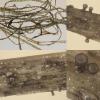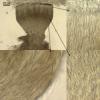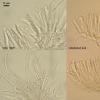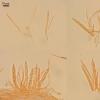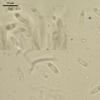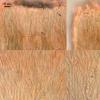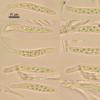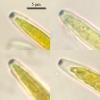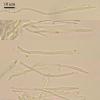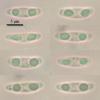
10-06-2014 14:17
Can you help me again with tis paper? Hein, B. (1

08-06-2014 13:18
Nina FilippovaI have shown once this species before from a singl

08-06-2014 13:00
Nina FilippovaI have seen sclerotia of, likely, this species sev

09-06-2014 23:09
Esquivel-Rios EduardoHola todos.Encontre este especimen en una rama mue

09-06-2014 09:32
 Zuzana Sochorová (Egertová)
Zuzana Sochorová (Egertová)
Hi,I have got a problem with this Cheilymenia.Apot

06-06-2014 14:20
Chris JohnsonGreetings,Found in moisture-retentive calcareous s

08-06-2014 01:06
Hi to all, how're?I'm searching for this paper "St

08-06-2014 14:00
 Blasco Rafael
Blasco Rafael
Hola, se agradeceria cualquier ayuda para llegar a
The main difference: there are two types of paraphyses: filiform and lanceolate (I don't think that it is underdeveloped, rather two different).
Apothecia turbinate, short-stipitate, up to 0,5 mm in diametre, 0,5 mm high, outer surface smooth, brown, edge (collar) lighter, narrow, hymenium grayish, concave; growing in dense groups.
Excipulum from textura oblita; asci cylindrical, with croziers, with euamyloid pore, about 50 x 6,5; paraphyses of two types: filiform and lanceolate in one apothecium, filiform scarsely branched, 1,5 mk broad, some enlarged at tips, lanceolate exceeding the asci by 10 mk, up to 3,5 mk in largest part, with 2-3 septa in lower part, may be with thin outbranches; spores ellipsoid, slightly curved, with two big guttules (vital, i suppose it was in water), 10,7 (10-11,8) x 3,3 (3,1-3,5) (N=12).
On dead leaves of Milium effususm, coniferous mixed forest, N61,086961 E69,466226, 12.06.2012.

Incredible! So you did these vital photos in June on the fresh specimen. The spores are alive, yes, and also the paraphyses look so. Only the asci are all dead.
Could you please send me these images in higher resolution? (zotto@arcor.de) The paraphyses are the important thing I wished to see. In Cyathicula they are always prominently multiguttulate, but here they look eguttulate. That would be a further reason not to accept the synonymy of the two genera as proposed by Dennis.
There is another species or variety, C. gramineum var. incertellum with slightly smaller spores. In both I saw long and wider, and narrow and short paraphyses.
Did you also check with IKI? The shape of apical ring is different from Cyathicula.
Zotto

For the identity I feel this group needs restudy. In Dennis 1956 Phialea incertella has spores 6-8 x 1.5-2, too small, P. stipae (= gramineum) 7-10 x 2.5-3 (with two big oil drops after carpenter), so quite good. There are more names which are possibly synonyms of the other two.
So I would identify your fungus as Crocicreas gramineum. But the three samples I have studied all have these big oil drops.
Zotto


